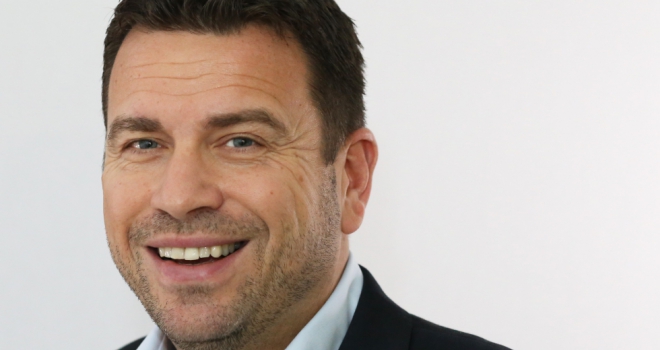
CR: ThinCats recently surpassed the £500m lending milestone, where next for the company?
When we became involved with ThinCats we believed that many of the UK’s fast-growing trade businesses were being ignored by the banks. We’re obviously delighted to hit £500m, but I’m more excited about what lies ahead. In the past 12 months we’ve lent £200m and we’re targeting £400m by the end of 2020.
We are well capitalised and have £800m of patient capital to lend to medium-trading businesses across the UK.
We’re also about to relaunch our fast-track business finance proposition, which consists of speedy loans up to just under £1m. We will be working with selected brokers to bring this funding to SMEs.
CR: What is the difference from working in a bank to an organisation like ThinCats?
Around 60 per cent of our lending is now focussed on cash flow lending. I’ve seen a significant shift in recent years, where younger businesses that operate businesses in the modern economy don’t have the assets that many of the banks rely on when making a lending decision. Think of the entrepreneurial service industries, who are growing quickly, but don’t have the vehicles, machinery or property that provide security. Some are being rejected because the banks don’t know how to lend to them.
As banks are focussing much of their lending on the big corporates, you’re finding more organisations like ThinCats supporting those growth businesses.
CR: How is data transforming the lending environment?
Improved data sources and analytics is having a huge impact on finance providers. Once upon a time, it was the bank and possibly the accountant who knew how much you had in your account and whether you were at a point when your business needed to borrow.
Now, PSD2 and Open Banking is transforming the market. Open accounting data allows lenders to see in real time how a business is performing, not when it files its accounts at Companies House.
We use our Propensity and Risk Model (PRISM) software to benchmark more than 400,000 medium-sized UK business across a number of metrics, including insolvency risk. We then share this with accountants and brokers, as well as the businesses themselves – the benchmark can tell them where they sit in the market, and how they stack up against their competitors.
CR: What are the current trends in SME lending at the moment?
There is still a hangover from the financial crash. At the time, many of those businesses that perhaps would have sold or merged did not. Interestingly we have a significant number of businesses in the UK aged over-55 but without an exit strategy. Lots of our team are working with businesses to support management buy-ins and buy-outs. We’re all seeing interest in employee ownership trusts (EOTs). These forms of takeover are often positive for the affected companies. They improve the scope for succession and growth planning, and allow the survival of companies already rooted in their local communities. Our network of Business Development Managers spread throughout the regions tell us how important it is for regional companies to be supported in these transitions, and we are glad we can help.
It has been rewarding to see those who believe in companies turn to us in the alternative finance market to enable their plans.
CR: If the UK economy does slip into a recession, what impact do you think that will have on the lending environment?
Brexit is affecting business investment. We are also seeing indicators of global slowdown with tariffs and trade wars. History tells us that when a recession hits, banks reduce their lending. That’s not good for those scale-up, growth companies that you need to boost the economy. As our investment comes from patient capital, we do not have the same concerns of banks who will worry about leverage and capital ratios. The reality is that if you need to invest in new equipment or are looking to buy a company, you will still need a funding facility. We want to provide certainty in those uncertain times ahead and help SMEs fund their long term ambitions.





